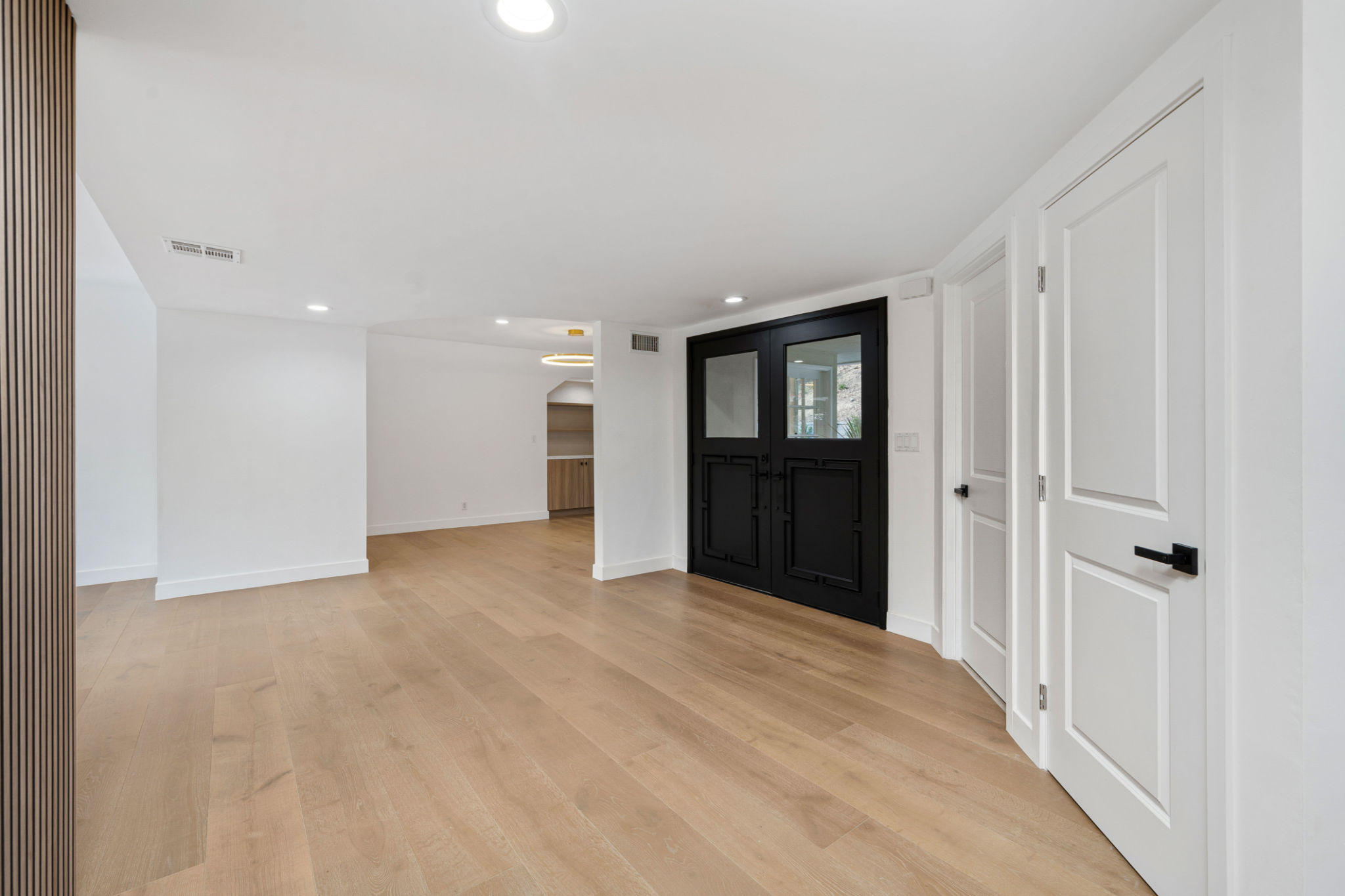How to Choose the Right Flooring for Your Home or Business
NT
Understanding Your Needs
Choosing the right flooring for your home or business is a crucial decision that impacts both aesthetics and functionality. The first step is to clearly understand your specific needs. Consider the function of the space, the amount of foot traffic, and any special requirements such as water resistance or durability. A family with kids and pets may prioritize durability and ease of cleaning, while a business might focus on aesthetic appeal to impress clients.
Think about how each area of your home or office will be used. For instance, high-traffic areas like entryways and kitchens in homes, or lobbies and corridors in businesses, require materials that can withstand heavy use. Meanwhile, spaces like bedrooms or private offices might allow for softer, more luxurious options.

Exploring Different Flooring Materials
Carpet
Carpet is a popular choice for many because of its comfort and warmth. It’s available in a wide range of colors and textures, allowing for extensive design flexibility. However, it may not be suitable for areas prone to moisture or heavy wear, as it can be difficult to clean and maintain.
Hardwood
Hardwood flooring provides a classic and timeless look that adds value to any property. It's durable and can be refinished multiple times to maintain its appearance. On the downside, it can be susceptible to scratches and water damage, making it less ideal for kitchens or bathrooms.

Considering Maintenance and Longevity
Maintenance is an essential factor to consider when selecting flooring. Ask yourself how much time you are willing to invest in upkeep. Materials like vinyl or laminate offer low-maintenance solutions that are easy to clean and can mimic the look of natural materials at a fraction of the cost.
For those who prefer natural stone or ceramic tiles, these options offer excellent longevity and are particularly suited for bathrooms and kitchens due to their resistance to moisture. However, they can be cold underfoot and may require regular sealing to maintain their appearance.

Setting a Budget
Your budget will significantly influence your flooring choice. High-end materials like hardwood and natural stone are more expensive but offer long-term value and aesthetic appeal. Conversely, more affordable options like laminate or vinyl provide style without breaking the bank.
When budgeting, consider not only the cost of materials but also installation expenses. Some flooring types require professional installation, which can add to the overall cost, while others can be a more feasible DIY project.
Evaluating Environmental Impact
As awareness of environmental issues grows, many homeowners and businesses are considering the sustainability of their flooring choices. Look for materials that are eco-friendly, such as bamboo or cork, which are renewable resources. Additionally, some manufacturers offer products made from recycled materials.
Opting for sustainable flooring options not only helps reduce your carbon footprint but can also contribute to a healthier indoor environment by reducing emissions of volatile organic compounds (VOCs).
Making the Final Decision
After considering all factors—needs, material options, maintenance, budget, and environmental impact—it's time to make your final decision. It may be helpful to order samples of your top choices to see how they look in your space under different lighting conditions.
Remember that the right flooring should not only meet your practical needs but also reflect your personal style or brand image. Don't rush the decision; take your time to ensure that you choose a solution that you'll be happy with for years to come.

